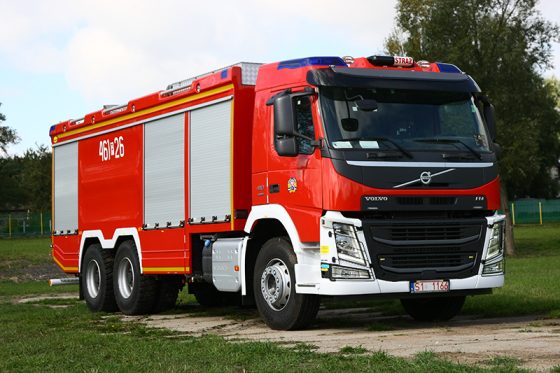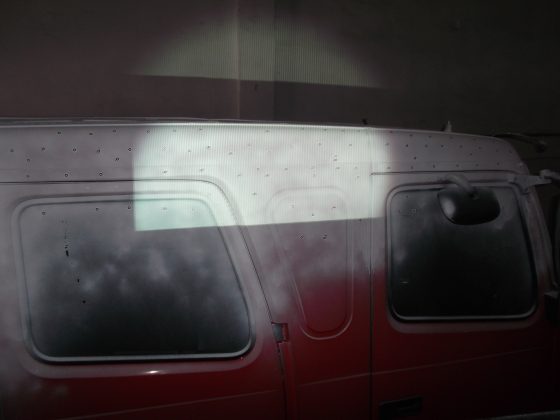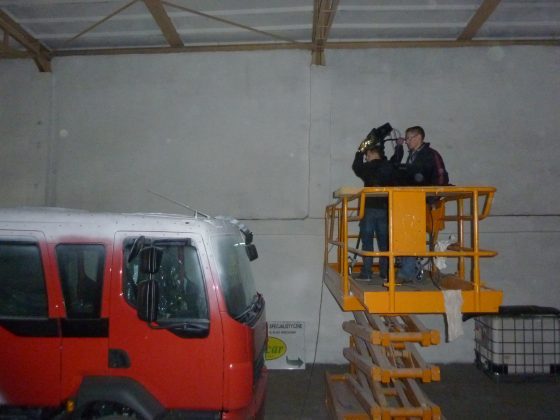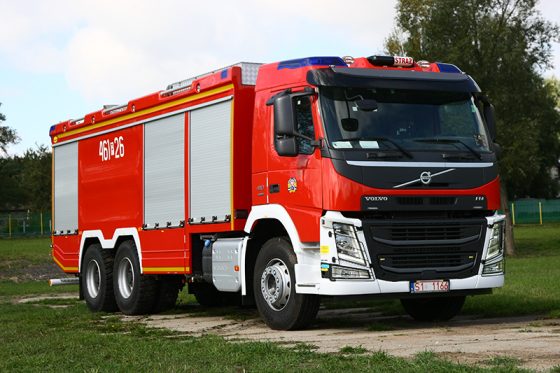A SmartTech 3D scanner and Geomagic Design X help a small Polish manufacturer customize 100 vehicles a year.
Too often stories about new uses for 3D design technology focus on things like aerospace manufacturing, skyscraper construction, or feature films. But more mundane professions are also finding ways to incorporate 3D data into their work. BOCAR modifies standard trucks to create create custom vehicles for fire-fighting and emergency medical use. From its base in Wrzosowa, Poland it ships about 100 vehicles a year.

BOCAR uses state-of-the-art materials and assembly methods, despite its small volume. Its specialized solutions must fit onto existing geometry of the base truck or van being customized. So it relies on SmartTech structured light 3D scanners (also made in Poland) and Geomagic Design X software from 3D Systems.

Technicians start with a 3D scan of the vehicle to be customized. In the photos shown here, a Volvo FMX is scanned to gather geometry for fitting the emergency vehicle lighting. BOCAR’s SmartTech scanner uses two light sources to provide two separate volume measurements. One measures up to 800 x 600 mm of volume at 0.1 mm accuracy, and is for larger objects such as the body of the vehicle. A smaller scan element works at 300 x 200 mm and 0.04 mm accuracy; it is used for scanning small details such as mirrors, door handles, or air vents. The operator can switch between the two measuring volumes as needed.
SmartTech scanners are designed and certified to work without user calibration. At BOCAR a technician uses a lift to get access to all views; a typical truck can be scanned in about an hour. Software from SmartTech is used to initially process the raw point cloud data, eliminating noise and merging reference markers to create a complete point cloud model. The point cloud is then converted into a triangle mesh in STL format for import into Geomagic Design X. The model is optimized, reducing triangles in sections that will not change and increasing them where there are important curvature changes or interruptions. Regions of the model are then converted into 3D geometric forms which can then be modified in CAD. BOCAR uses the CAD model to design the new fixtures and the manufacturing/installation processes.
BOCAR effectively has eliminated the construction of prototypes by using 3D scanning and modeling. It has also eliminated a major source of minor but expensive damage to the trucks being refitted.







